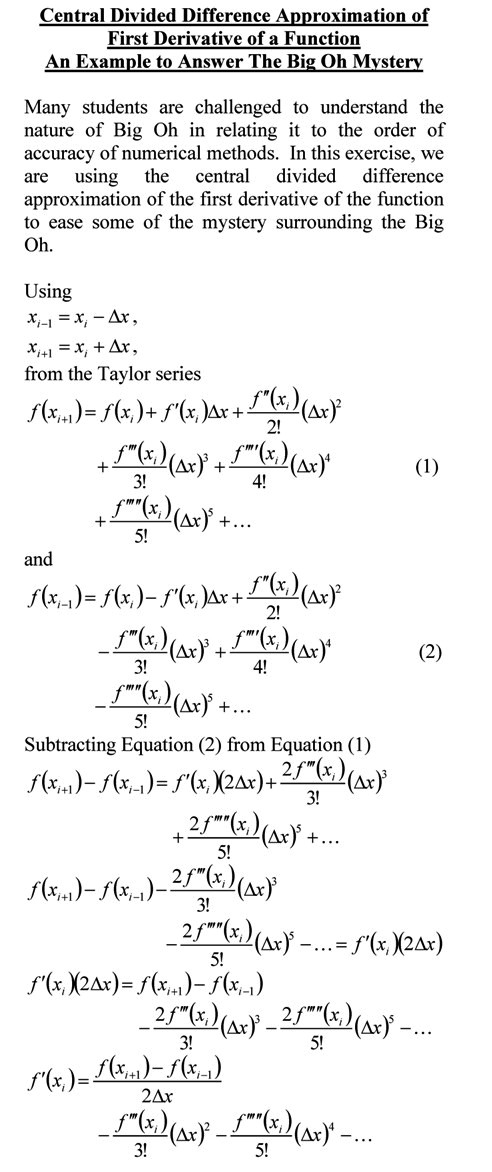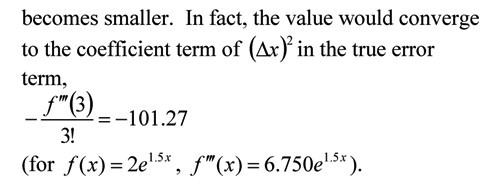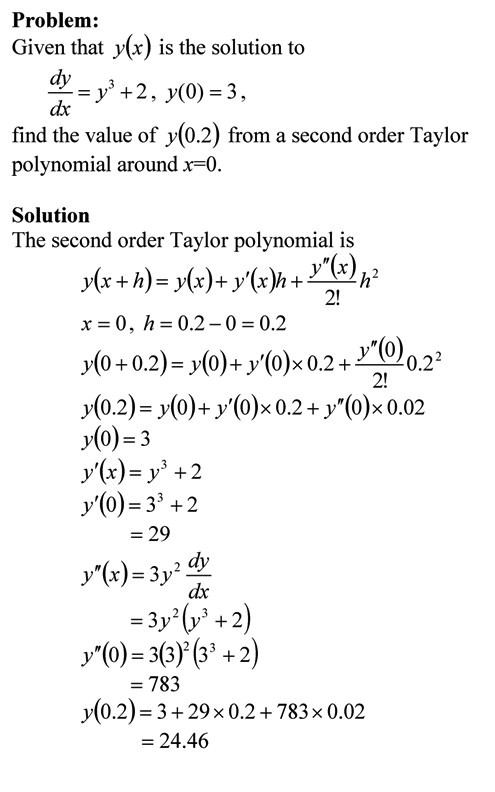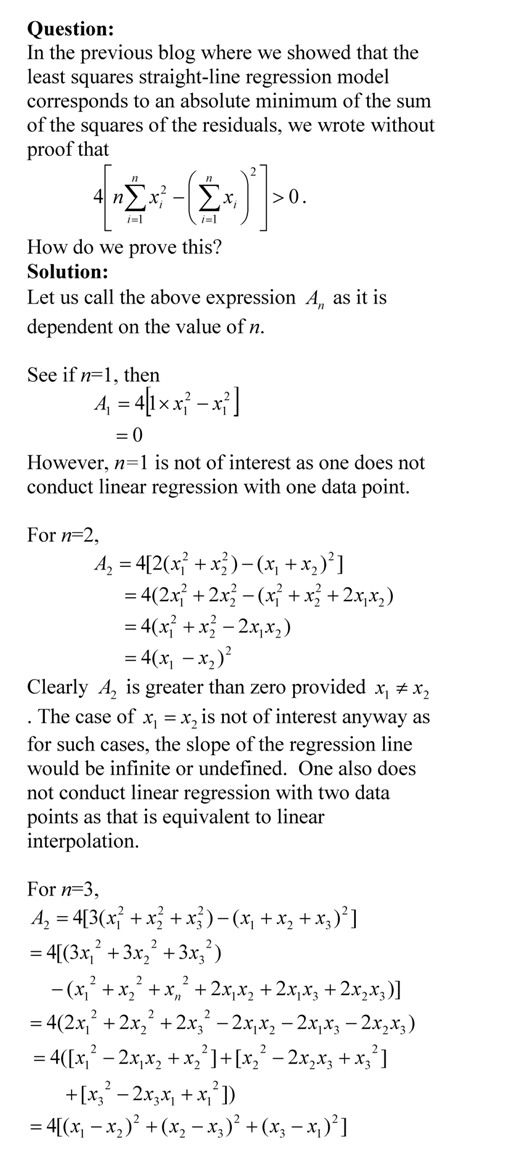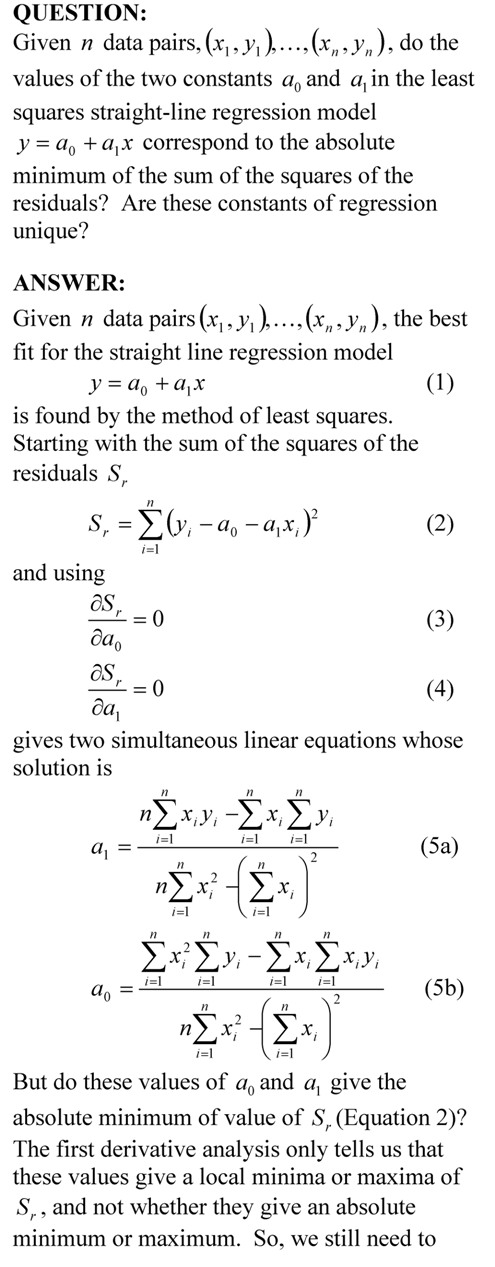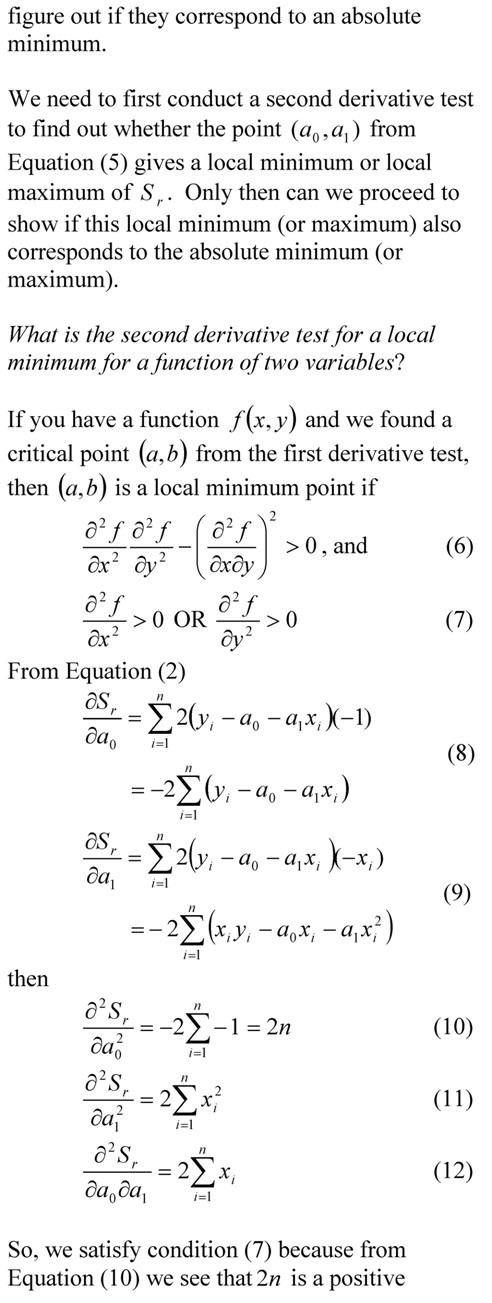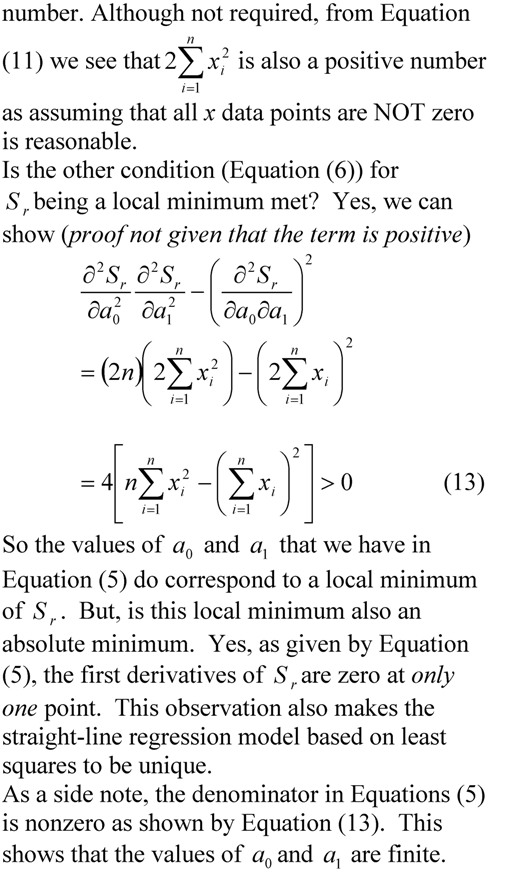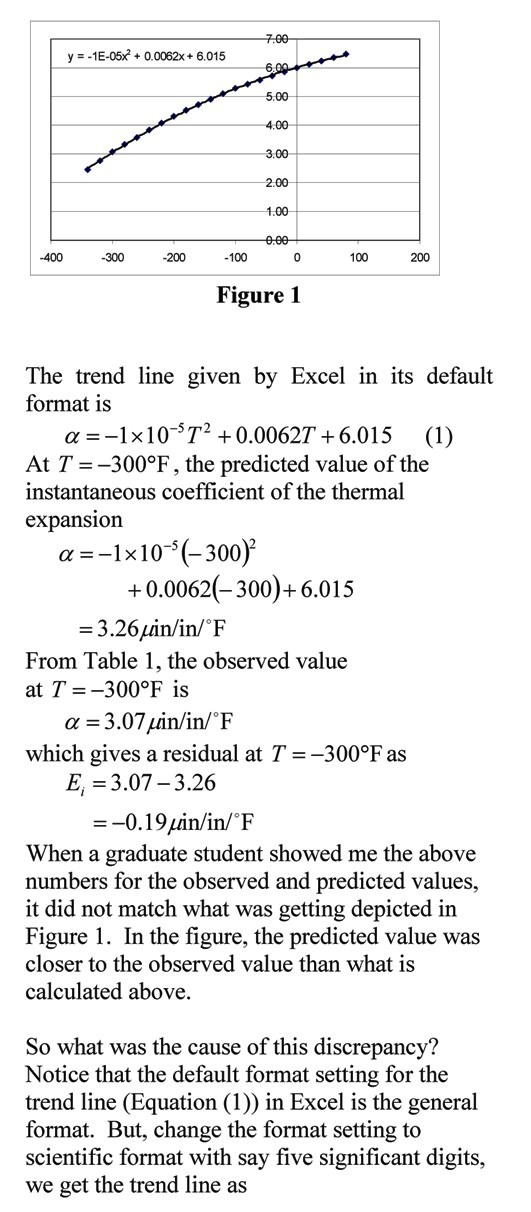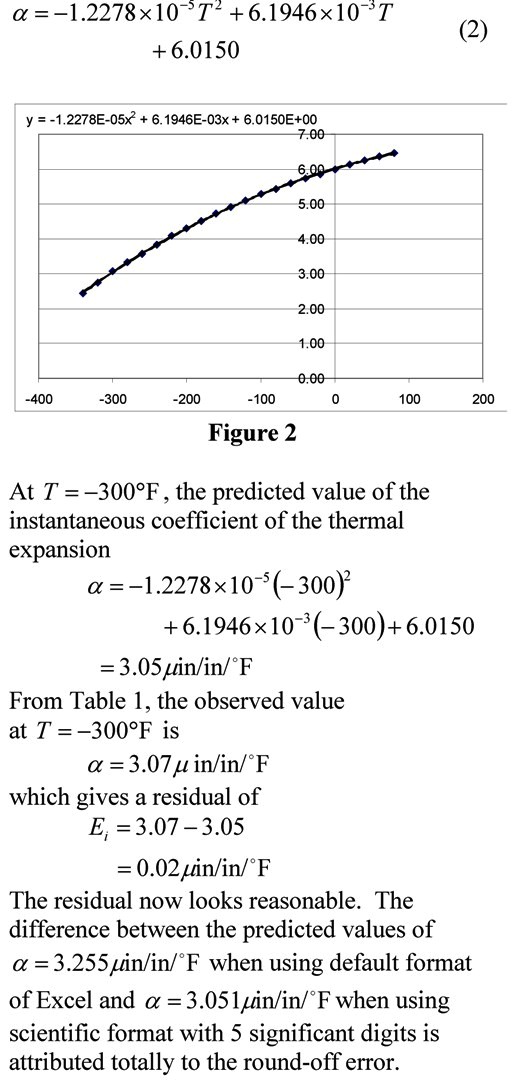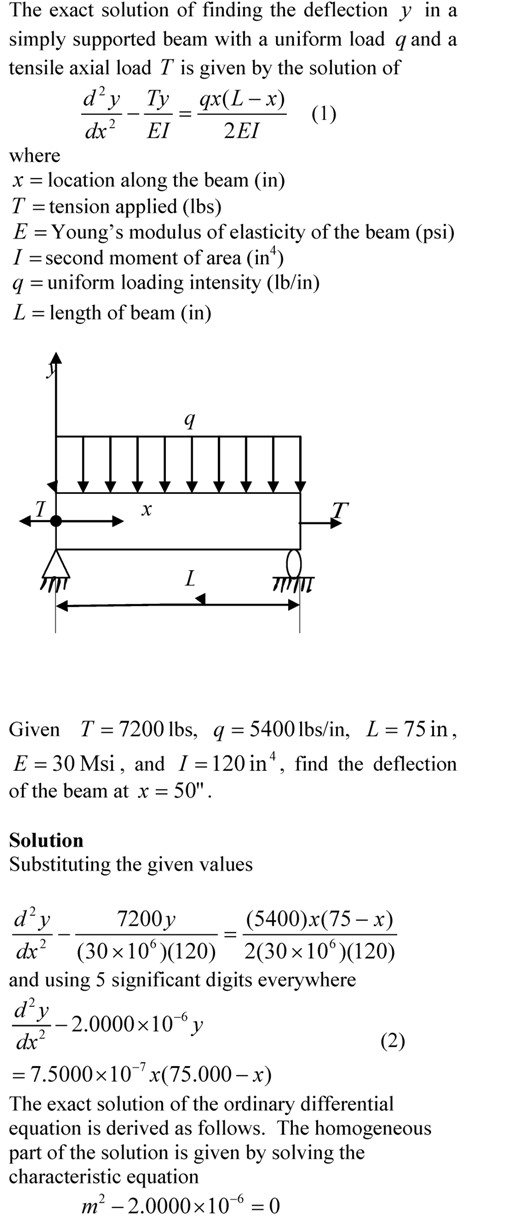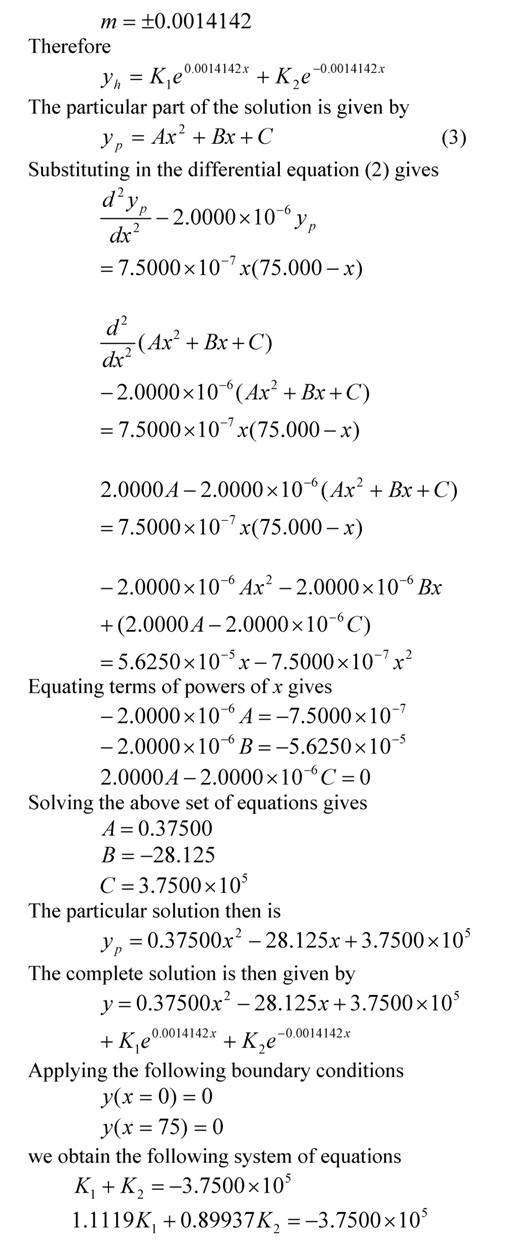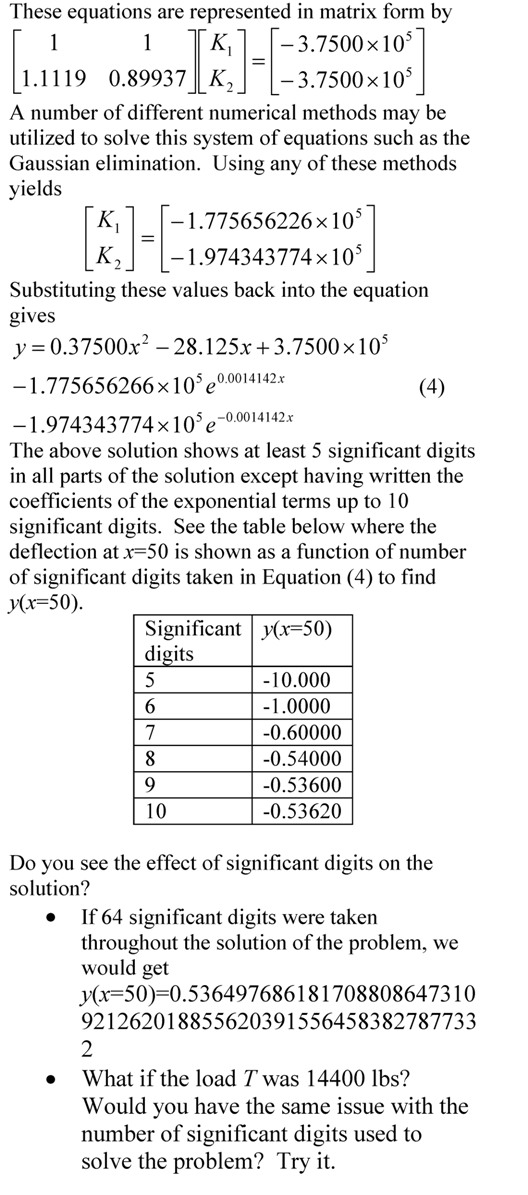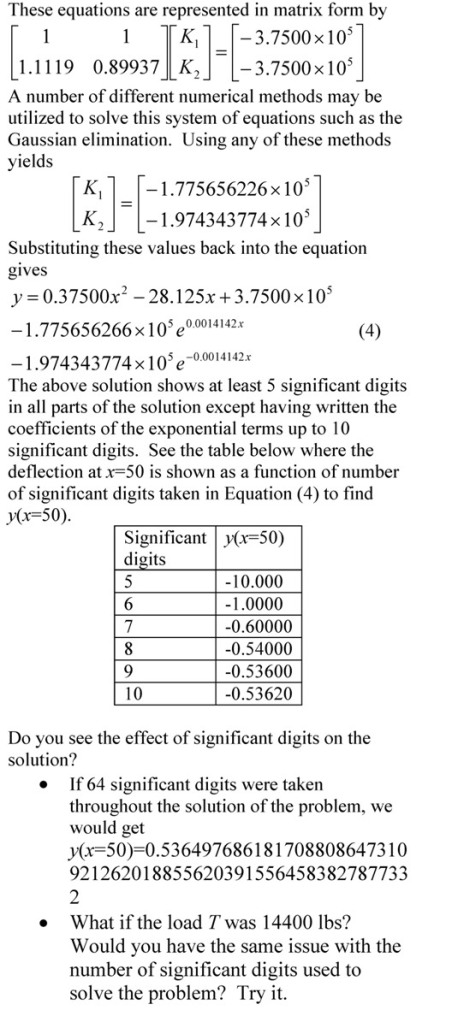The decimal point on the TI 30 Xa calculator is hardly noticeable. I prescribe this calculator for all my students in a Numerical Methods course as a programmable calculator would defeat the purpose of the course. The decimal point used to be noticeable in the older versions. I am saddened that TI has done this most probably to shave off a few cents. For a student taking a 50 minute test and doing homework with such a calculator is quite a challenge. TI has replied my query on this issue and has forwarded it to their product developers. In the meanwhile, buy the TI 30Xa solar version of the calculator. The decimal point is more visible in this version.
________________________________________
This post is brought to you by Holistic Numerical Methods: Numerical Methods for the STEM undergraduate at http://nm.MathForCollege.com, the textbook on Numerical Methods with Applications available from the lulu storefront, the textbook on Introduction to Programming Concepts Using MATLAB, and the YouTube video lectures available at http://nm.MathForCollege.com/videos. Subscribe to the blog via a reader or email to stay updated with this blog. Let the information follow you.
